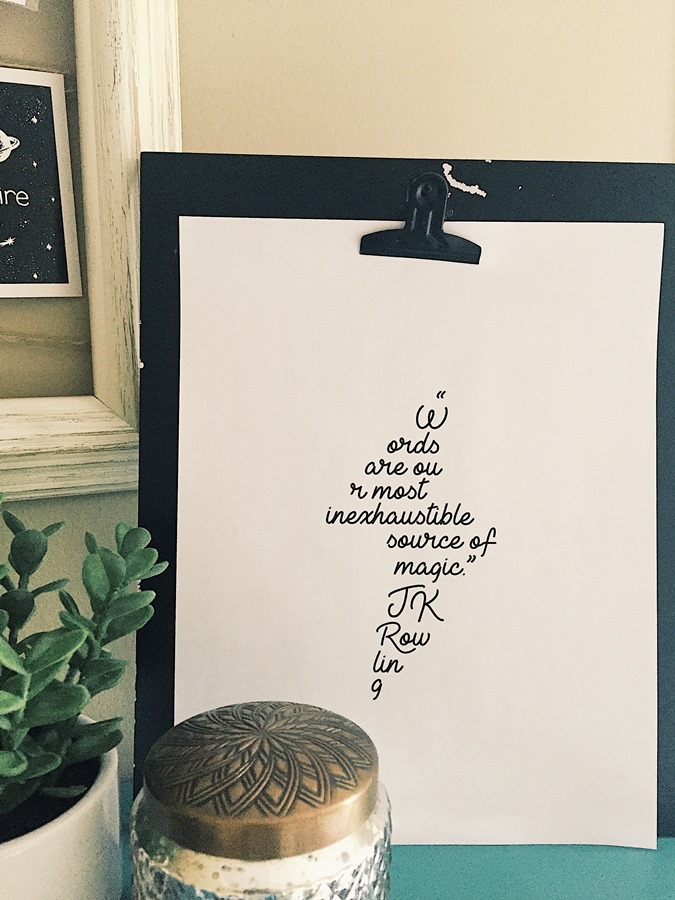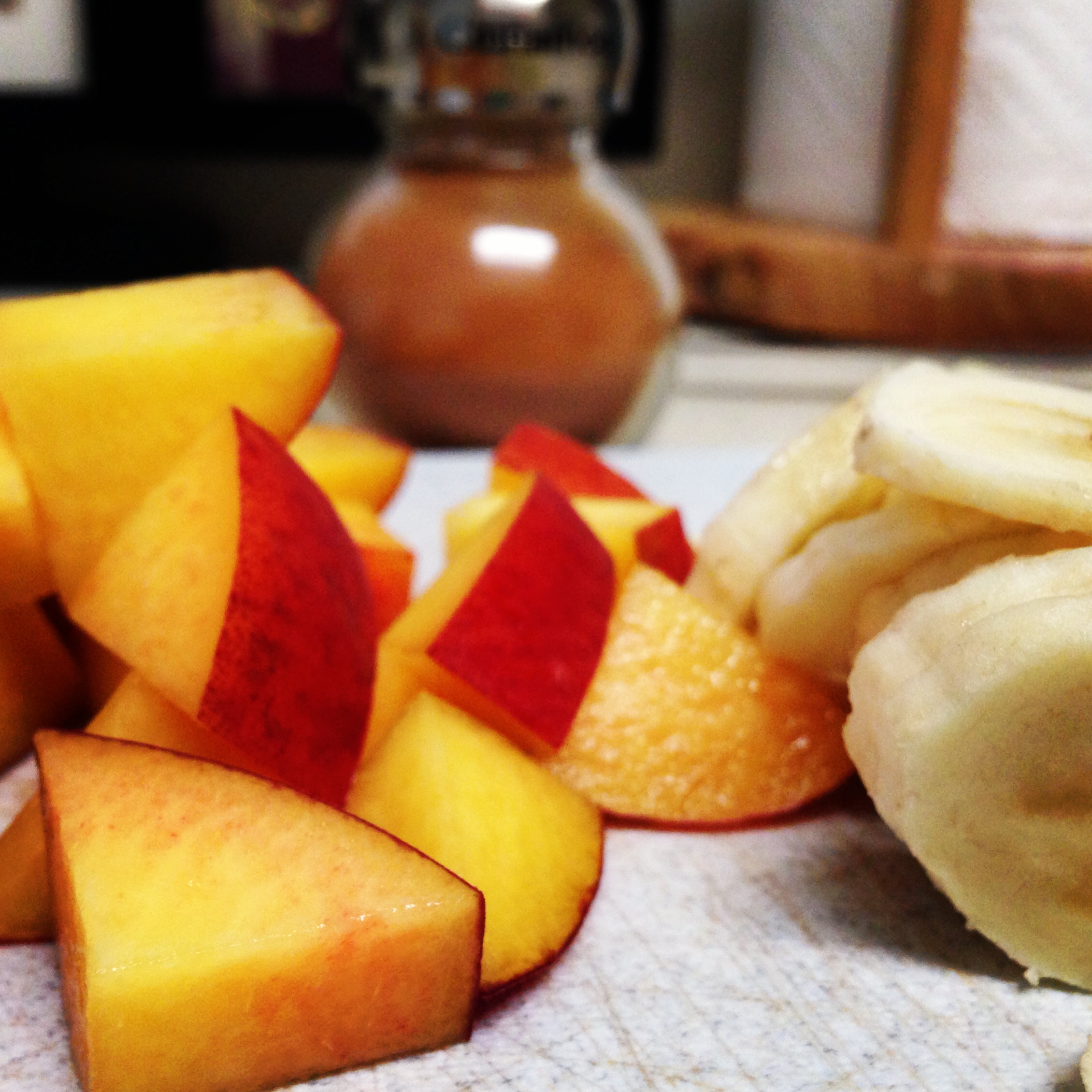5 Meal Tips for the Broke and Busy
Entering the world of adulthood is intimidating. Post-college reality is completely unchartered territory for us new graduates and life hits hard as we’re launched into the “adulting” world: paying rent, working 9-to-5, and managing finances, all while staying cool, calm, and collected. And, of course, we have to survive off foods other than Whataburger, box mac ’n cheese, and frozen pizza. So, let’s add grocery shopping to that list. Which means we’re supposed to cook, too? I know what you’re thinking... “Ha, yeah right.”
But I promise if you do grocery planning and shopping right, it can be easy, fun, and budget-friendly. As a recent college grad, I know your time is limited, money is tight (maybe more than expected), and healthy food just doesn’t sound good at the end of a long work day. But I have some tips and tricks that will make this transition easier for you when it comes to planning and preparing your meals. I’ve also included one of my favorite recipes below, fried Quinoa; it’s both healthy and mouth-watering!
1. Plan ahead and make lists.
Pick one day a week to grocery shop and make it a routine. Before you head to the store, plan out your meals for the week so that you can buy enough groceries for the entire week so you don’t have to make multiple grocery stops. Make a list and when you go shopping, stick to what’s on the list only (otherwise you can easily spend more than your grocery budget!).
2. Prioritize.
And on that note, as you’re planning ahead and making a grocery list, prioritize the items you need. Sure, chocolate milk, Doritos, and cupcakes sound great. But, if the budget doesn’t allow, stick to only the items you need for the week.
3. Find coupons and sales.
There are so many apps and websites that make it easy to find coupons. For one, coupons.com offers a large variety of coupons, from household items to food to pet supplies. Take your pick.
Apps like Ibotta require minimal effort and can end up saving you several dollars on just one grocery store run. Ibotta provides hundreds of rebates for a variety of stores, including HEB, Kroger, Walmart, and Target. These rebates change every week, so when you’re ready to make your shopping trip, check your Ibotta app to see what rebates are being offered. It’s as simple as selecting and unlocking the rebate, so it is added to your “unlocked deals.” Once you’ve completed your shopping, use the app barcode scanner to scan the barcode for each item and take a picture of your receipt. That’s it! It’s like free money in your pocket. You can redeem your rebates for giftcards, like Starbucks, or withdraw it as cash through PayPal.
- Use this referral code to earn an easy $10 welcome bonus when you redeem your first receipt 14 days after joining. In return, That First Year will receive $5. Wins all around!
Also, if you shop at HEB, Safeway, Kroger, or another popular grocery market, they usually will have their own apps offering coupons and advertising sales to help you cut down costs, as well.
4. Shop seasonally.
Typically, fresh foods like fruits and vegetables are cheaper when they’re in season. Most likely these are foods that will be on sale in the grocery store, too. Think of it as a good way to try new foods and recipes! This website is awesome for searching for seasonal foods in your state.
5. Meal prep.
This is my number one tip for healthy eating on a budget. If you don’t follow any other tips, follow this one. Each week, pick one day (usually the same day as grocery shopping) and cook all of your food for the week. Again, if you have the food bought and your meals planned ahead, this should be easy.
Store enough cooked meat in the fridge for the next 3-4 days. Then, freeze the remaining cooked meat for the latter half of the week. When you’re ready to eat the frozen meat, take it out the night prior and let it defrost in the fridge. Most vegetables will last a week in the fridge. If not, you can also make a supplemental trip to the store mid-week for your favorite fresh produce.
Store the cooked foods pre-portioned in Tupperware. Then, you can just grab it and go on your way to work. Also, after a long day at work, you can come home to a delicious, home-cooked meal ready to eat, rather than running to the nearest drive-through because you’re too tired to cook.
Fried Quinoa
Course: Side
Prep Time: 20 minutes
Cook Time: 15 minutes
Servings: 4-6 people
Ingredients
- 2 cups quinoa, cooked
- 2 tbs coconut oil
- 1/2 cup carrots, chopped
- 1/2 cup celery, chopped
- 1/2 cup yellow onion, chopped
- 4 cloves garlic, finely chopped
- 1/4 cup liquid Aminos or light soy sauce
- 1 tbs Sriracha sauce
- 2 tbs lemon juice
- Sea salt, to taste
- Black pepper, to taste
Instructions
- In a large skillet (preferably, cast iron), heat coconut oil over medium heat.
- Once the coconut oil is melted, sauté carrots, celery, onion, and garlic over medium-high heat until golden-brown in color.
- Add the cooked quinoa to the skillet and continue to cook over medium-high heat. Stir often.
- Add liquid Aminos or light soy sauce, Sriracha sauce, lemon, and seasonings. Mix well and cook until the quinoa is golden-brown in color.
(This recipe stores well in the fridge for 4-5 days. Make a batch on Sunday and you’ll have enough left over for the whole week.)
My blog, Treasured Tablespoons, has many recipes that are great for healthy eating when you’re broke and busy. From on-the-go breakfasts to quick, easy weeknight dinners, there’s a little something to satisfy everyone. I hope these tips and tricks make your intro to adulting at least a little bit more manageable. And, remember, you’re not the only one trying to figure it out, we all are!
Related Posts
- For those who hate cooking: 3 Easy Crockpot Recipes
- New to credit cards? Here's a guide to credit cards.
FREE PRINT
Do you like free things? Us too. How about this free print of a dope J.K. Rowling quote in 3 font options? Yes, please.
Enter your email below to receive your free downloadable print!













Last May I graduated college with a student loan balance of $29,000. Being an individual who was always mindful of my spending, this number was daunting. I had never even left a balance on my credit card.
Yet, I could still find relief in knowing that I was below the national average. 2017 graduates average nearly $40,000 in student loan debt. The United States altogether holds $1.48 Trillion in student loan debt. Talk about monstrous. And honestly, I don’t see it declining in the near future.
Even though $29,000 seemed immense, I knew that if I made smart decisions and planned accordingly I could make it work. Fast forward to June of 2018 and I’m officially free of student loan debt.
With graduates taking on increasingly more debt each year, I thought I’d share my story.